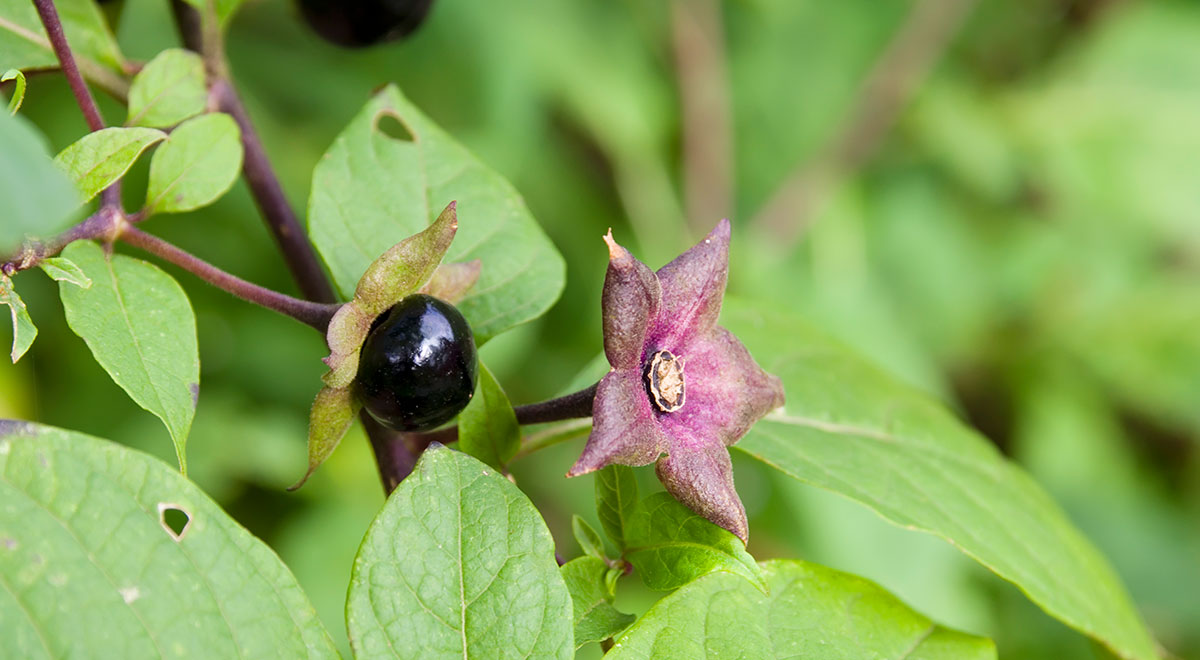Over the past few years, well-meaning parents seeking to ease their young children’s teething pain have been tragically and inadvertently poisoning them with what is purported to be an “all-natural” homeopathic remedy.
Aside from the fact that the science of homeopathy itself is questionable, these parents have mistakenly accepted the idea that simply because something in “natural” – and even organic – it must somehow be “safe.” As the tragic poisoning of some 400 children (10 of whom died) with the use of CVS and Hyland Homeopathic Teething Gel has demonstrated, even “all-natural” ingredients can be harmful, and even fatal. Case in point: atropa belladonna, the active ingredient in these teething gel products.
More commonly known as deadly nightshade, belladonna is part of the family that includes potatoes, tomatoes and eggplant. However, its fruit (as well as its foliage) contains chemical substances known as tropane alkaloids, which include atropine, scopolamine and hyoscyamine. All three of these alkaloids are used in the manufacture of prescription drugs.
For example, atropine, a muscle relaxant, is used topically by ophthalmologist in order to dilate the pupils for eye exams (women of the Italian Renaissance would place drops of belladonna in their eyes for this very purpose, in order to make themselves look more seductive – hence, the plant’s name).
Scopolamine is an ingredient in prescriptions and over-the-counter medications for the treatment of nausea and motion sickness. Drugs containing hyocyamine are administered to patients with gastrointestinal disorders and the treatment of symptoms associated with Parkinson’s Disease. All of these can produce serious side effects that include dizziness, dry mouth, blurred vision, and even hallucinations and mental confusion. Furthermore, these side effects are unpredictable.
Historically, belladonna was used as an anesthetic during surgery as well as a weapon: famous poisoners like Lucretia Borgia used it in her assassinations, while military archers would coat the tips of their arrows with the toxin.
Legally, there are few restrictions by the FDA or U.S. drug laws governing the cultivation, use, sale, purchase or possession of belladonna. The only restrictions on belladonna is that when sold as a supplement or as a drug, it must conform to applicable laws and FDA regulations – which, as we have seen in recent years, are weak and ineffective.
By itself, belladonna can be an effective tranquilizer, anti-inflammatory, anti-histamine and analgesic – but only when administered by a licensed, experienced physician or naturopath. In the hands of untrained individuals, however, it can be unpredictable and dangerous.
It should be noted that prescription drugs and “natural” supplements often contain the same substances. The difference comes from how the plants from which these substances are derived are used. Naturally, a plant contains not only the useful compound, but many other substances as well. When manufacturing a prescription drug, pharmaceutical laboratories isolate the single compound and concentrate it. Supplement manufacturers typically use the entire leaf, root or fruit, so the product contains the same mixture of substances as would be found in nature.
This said, both prescription drugs and herbal supplements can produce side effects and have unpleasant and even dangerous interactions. The best defense against inadvertent poisoning is to educate one’s self and consult with a medical or naturopathic professional when considering treatment with anything, whether prescription or supplement.

